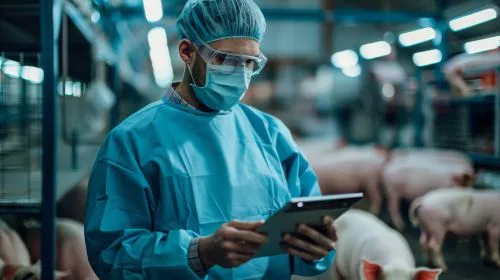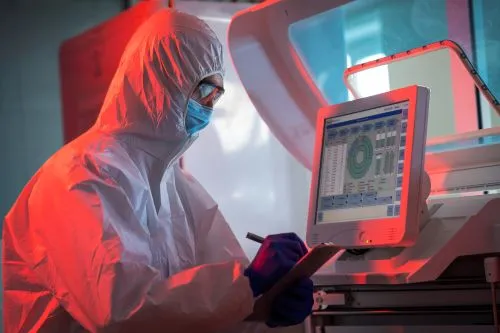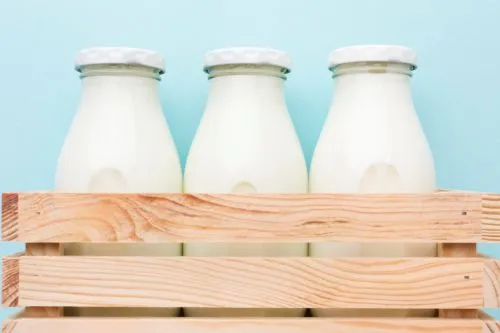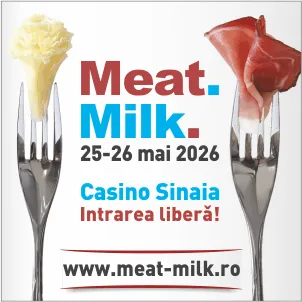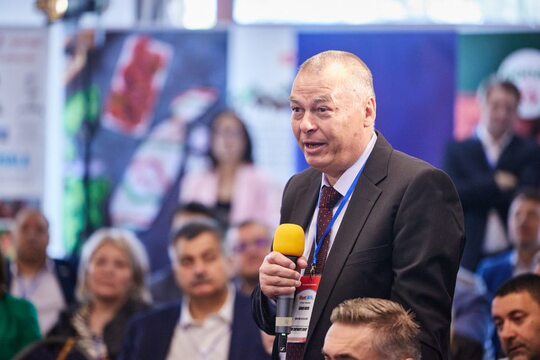
On a rainy afternoon in May 2025, over a coffee on the terrace of a hotel in Poiana Brașov, during the annual Meat.Milk. Expo-Conference, an idea was born, along with an invitation from Mr. Laurențiu Mitrea – General Manager of the event – to contribute to the M&M electronic magazine (newsletter) with articles in which I could share my thoughts on the dairy industry, a field I believe I know well after 42 years of experience.
I gave this proposal a lot of thought—almost a month and a half—and eventually came to the conclusion that I could help "shed some light" on certain areas of the sector. These are areas that, while often fascinating, sometimes push the boundaries of legality or go beyond them, where concepts and ideas are stretched, and marketing exaggerations arise. These can have a misleading impact on uninformed consumers, giving them the impression—as the law also states—that a product has different (“superior”) properties compared to others that are made in exactly the same way.
To support this endeavor, I intend to refer in particular to Regulation (EU) No 1169/2011 on the provision of food information to consumers:
REGULATION (EU) No 1169/2011 OF THE EUROPEAN PARLIAMENT AND OF THE COUNCIL of 25 October 2011 on the provision of food information to consumers, amending Regulations (EC) No 1924/2006 and (EC) No 1925/2006 of the European Parliament and of the Council, and repealing Commission Directive 87/250/EEC, Council Directive 90/496/EEC, Commission Directive 1999/10/EC, Directive 2000/13/EC of the European Parliament and of the Council, Commission Directives 2002/67/EC and 2008/5/EC and Commission Regulation (EC) No 608/2004 (Text with EEA relevance)
However, other legal sources of information can also be used, such as specific food legislation, national product standards, guidelines, and other materials related to equipment and technologies, as well as recognized scientific books and manuals in food processing and equipment.
The open market is also a valuable source of information (supermarkets, traditional retail, farmers’ markets, etc.), as is the internet—full of advertisements and posts that range from accurate to borderline or blatantly misleading. If you have a trained eye and proper knowledge, you can “read” a label to determine whether it informs you, misleads you, or outright deceives you.
About me: I am a food industry engineer, class of 1983, with a Ph.D. in the field obtained in 2004—both earned fairly and on time at the Faculty of Food Product Technology and Chemistry and Fish Farming Technology in Galați, which at the time was the only one of its kind in the country.
I have worked exclusively in the dairy sector: 30 years at the former Napolact, of which 20 were as Production Director, Sales and Marketing Director; 10 years as Director of Quality Assurance and Food Safety (at FrieslandCampina Romania). For the past 12 years, I have continued in the private sector, providing specialist support to various dairy factories.
If there are no changes in direction or thought, I would like to dedicate my first article to a highly important technological process: "HEAT TREATMENT OF MILK." Why?
Because it is the first step in processing—after qualitative and quantitative reception and intermediate cold storage—that defines a dairy product.
And because I have seen exaggerations and distortions in the market about something that science defines with great precision.
See you soon!
Dr. Eng. George Grecu
